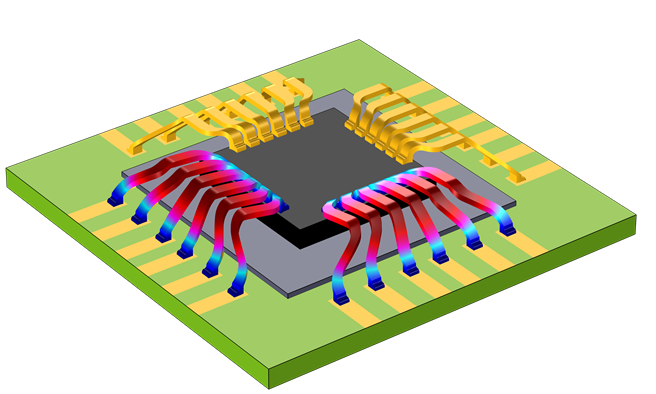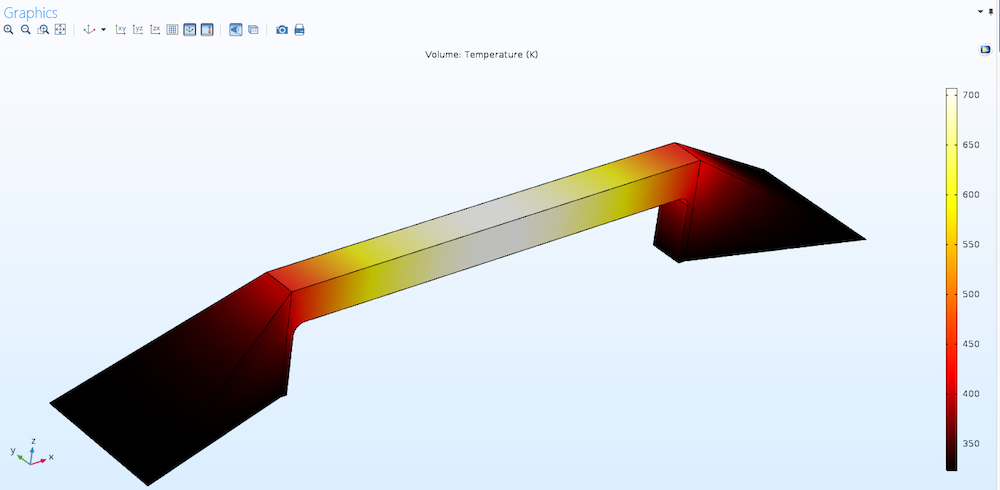

These turbulence models are only available in the CFD and Heat Transfer Modules, but you can still couple them to Porous media flow interfaces available in other modules. You can activate this functionality by adding a Fluid and Matrix Properties domain node for the Algebraic yPlus or L-VEL turbulence models.
#JOULE HEATING COMSOL 5.1 FREE#
Also, if I set the initial temperature at a value within the temperature range of the phase transition, COMSOL fails to find a valid set of initial values.The Single-Phase Flow interfaces can now model turbulent flow in a free medium that is coupled to a porous medium. Instead it iterates endless convergent solutions closer and closer to the start of the phase transition, but never actually arriving at it. It's important to note that my simulation does converge and doesn't report any errors.

I then increased the temperature range over which the phase transition takes place (I assume this is what you mean by 'value of transition region') to 10K. I reduced the mesh size in the area containing the phase change material to 1nm maximum (from 40nm). If I do simulate the system with a material independent heating function that mimics laser heating, the simulation completes, but this is not an accurate description of the real situation - the real heating function is dependent on phase state.Ģ) looks more promising. As you say, this works if material properties stay constant, but unfortunately they're not. Looking at 1) - decouple the EM and thermal simulations - sadly this is not an option.

I am sure that your model will converge if you used one or both explained methods. Therefore, I suggest that you either try to refine the mesh or increase the value of transition region to help your system to converge. Phase change is numerically challenging and sensitive physics. That occurs if you define the frequency in the solver as a constant, that trick to solve this problem is to define a parameter called "freq", and define the frequency value there and use it in the frequency solver.Ģ.

Remark: using this method, you might have an error in the frequency domain solver (something like iomega undefined). Don't forget to decouple the physics in this case. Finally manually create a heat source on the domains that are only subjected to heating. The function is the source of the heating, example: Physics.Qtot (check equation view to know the correct name). The trickiest part is to create a variable in definition for the places where the heating occur and give it a name such as Q1. Comsol knows automatically, that the answer of step1 will be used in step2. If your material properties are not dependent on temperature or the expected temperature increase is not dramatic (within a few 10s of K) that the material properties stay constant then it is advantageous to decouple your system and create a solver with step1: frequency domain and step2: time dependent. Therefore, i faced your problem multiple of times and i can give you hence some tips to reach convergence.ġ. However, i had created many models to simulate other types of contact-less heat coupled with phase change. Sadly i dont have the required module to open your file.


 0 kommentar(er)
0 kommentar(er)
